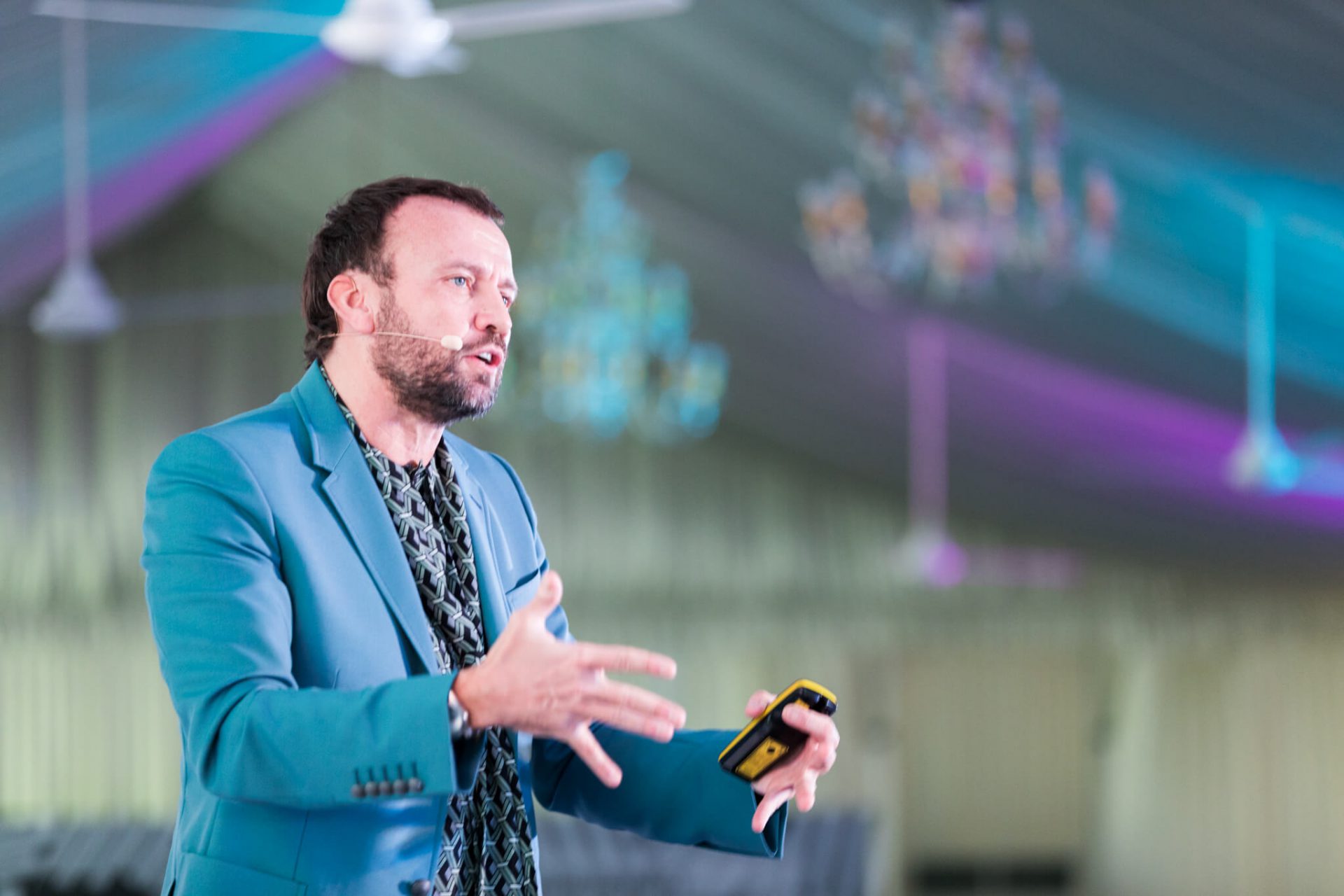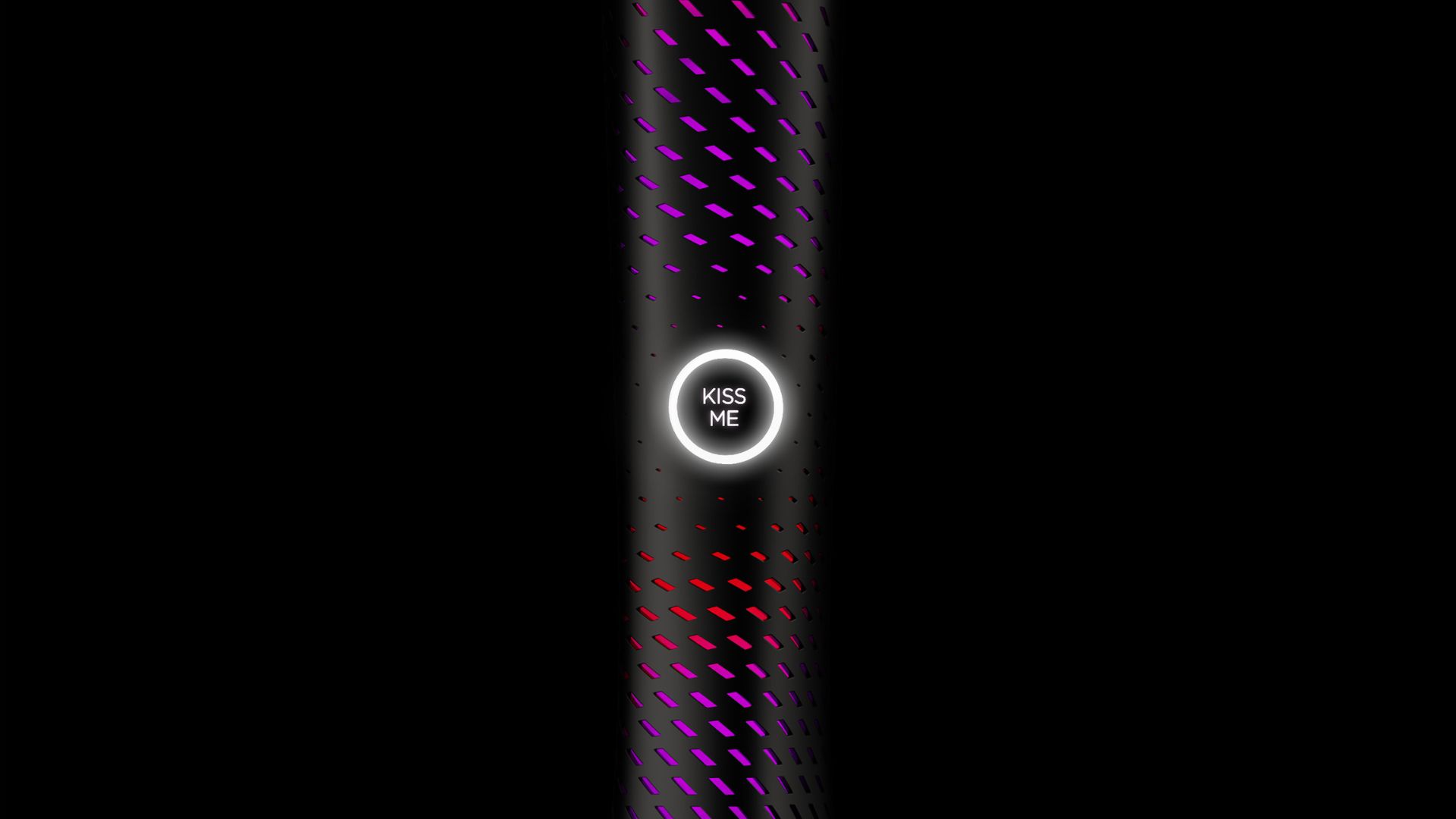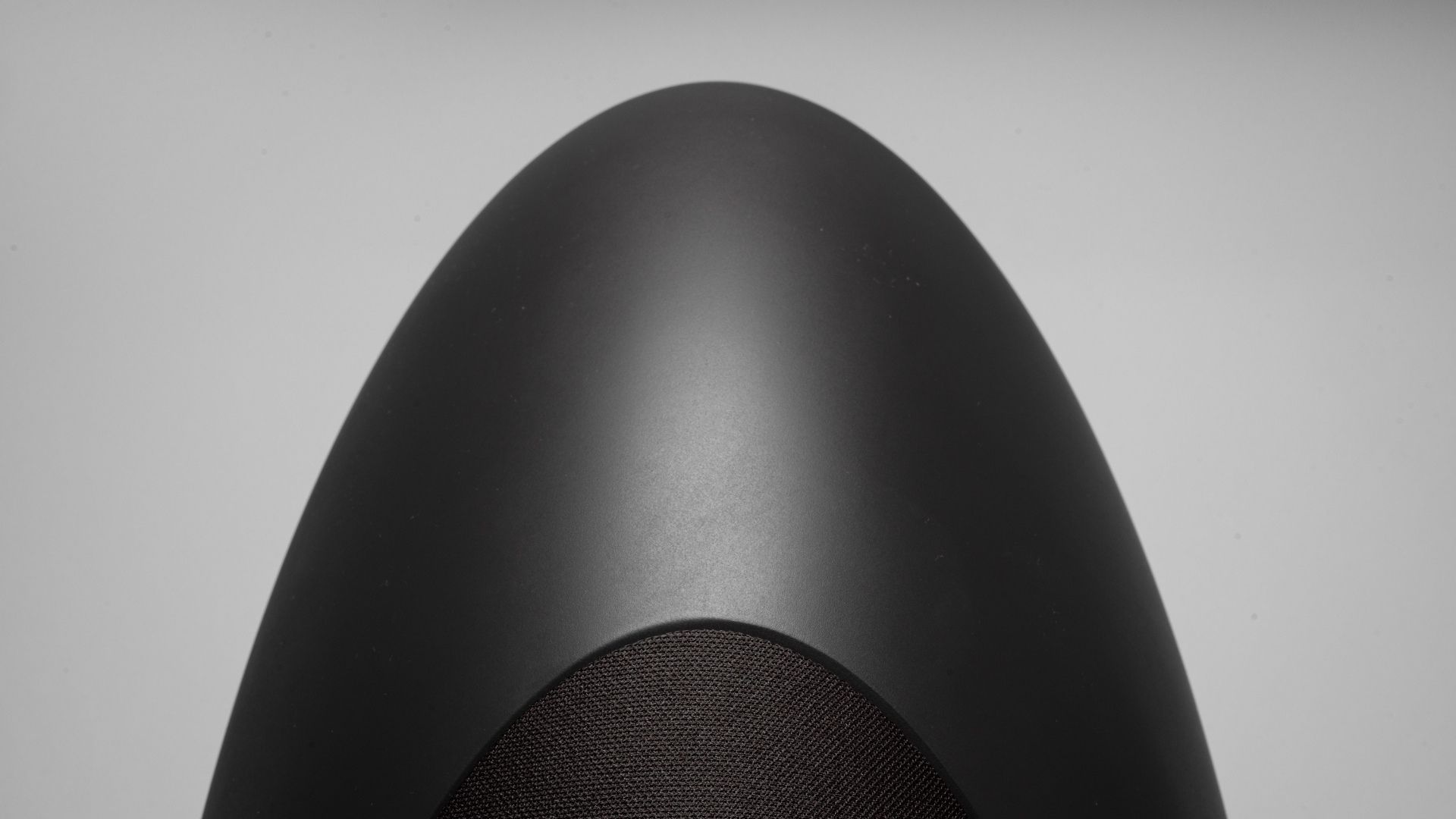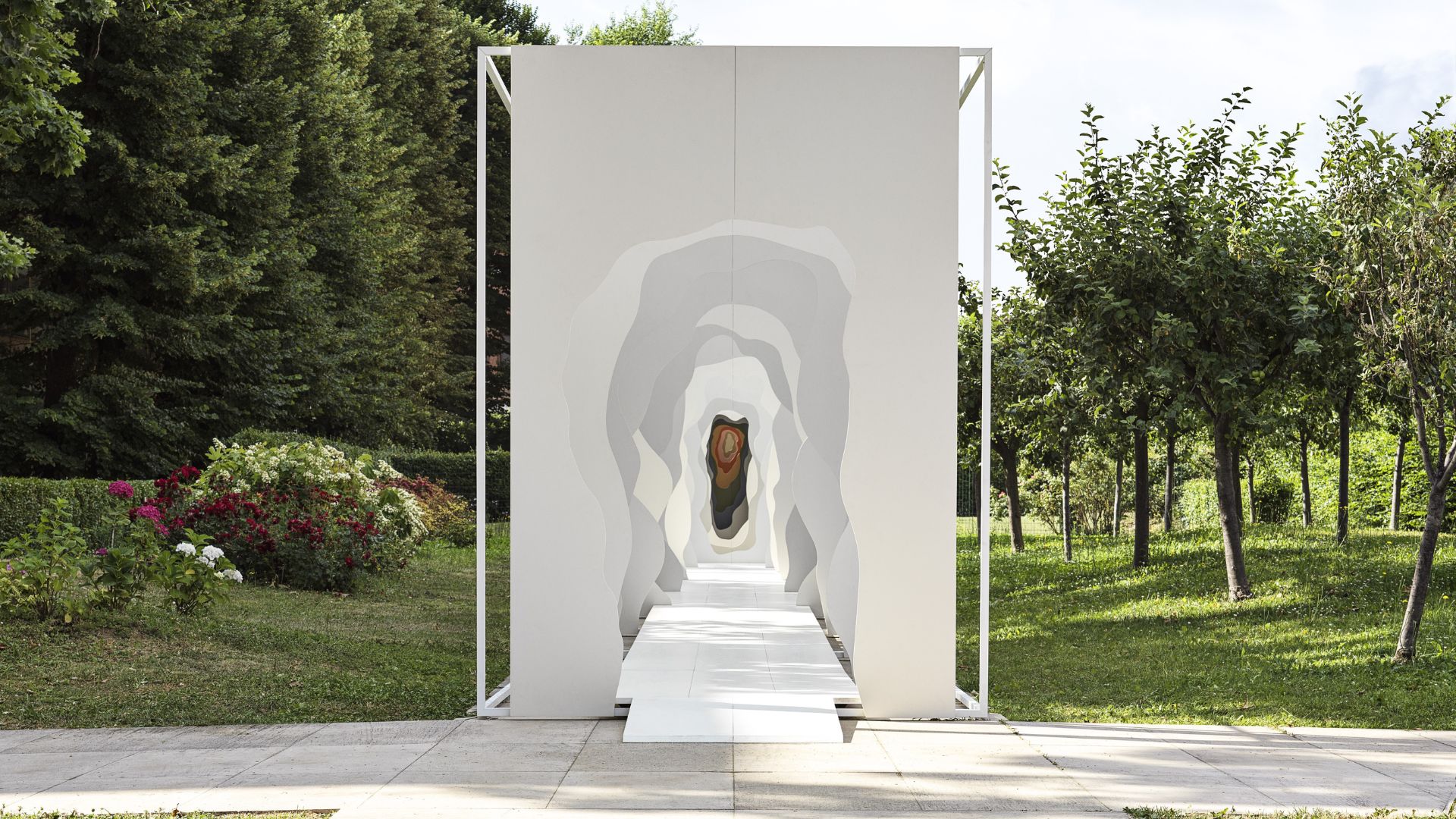What does it mean to be a Chief Design Officer? Interview with Mauro Porcini
Fast Company recognized him as one of the “50 Most Influential Designers in America”. Fortune Magazine listed him in the “40 under 40” ranking in 2012, which includes the business’s hottest rising stars.

Mauro Porcini is the SVP & Chief Design Officer of PepsiCo. I got in touch with him in 2011, when he was the Chief Design Officer at 3M.
I still remember that I saw his name for the very first time on an Australian design event’s website – agIdeas – which I was partner of with another project, and immediately wrote him.
I had no more clues about Mauro, but I was strongly motivated to know him. What thrilled me was the idea of an Italian designer having a management role in an American corporation.
I sent him a message on Facebook with no expectations. You know, some people look so distant that it sounds impossible, if not weird, to talk with. I was wrong. He was different. I got his answer the same day.
This is how I got in touch with one of the most brilliant minds I met in my journey so far. Since then, I have been listening to and observing Mauro doing an amazing career from 3M to PepsiCo. The reason why I wanted to interview him is because I wanted to know more about the role of Chief Design Officer.
I wanted to share with you principles and practical advices whether you are a designer, entrepreneur, manager, design thinker or innovator. Honestly speaking, also because I am a bit selfish when it comes to learning. I love reading, but the best lessons in my life came from people I talked with.
Enjoy his words!
First of all, who is Mauro Porcini?
Thanks for the invite. It’s a pleasure. My name is Mauro Porcini and I am the Chief Design Officer of PepsiCo.
I am responsible for brand building and design driven innovation (read also ‘Mauro Porcini and the human side of innovation‘) inside this huge American multinational corporation. I know that when you went to PepsiCo, the role of Chief Design Officer didn’t exist yet, so I am really curious to know..
How did you persuade PepsiCo to create this position and then, that you were the right person for that?
Mauro Porcini:
“Well, the world is changing. I joined the company 5 years ago and these big corporations were trying to understand how to play in a market and in a social scenario that was radically different.In particular, they needed to figure out how to build brands and how to drive innovation in a different way. The vision was the one of our CEO, Indra Nooyi, and the President of global beverage, Brad Jakeman.
They both understood that somehow they needed to bring a designer in house and that’s how they came to me. In our early conversations, it became clear that the company was ready for a radical change and, probably because of my experience in 3M where I was doing something similar, trying to build design culture from scratch, I was probably the right fit for that kind of challenge.
In the interview process, before I joined the company, we didn’t define exactly what design was going to be and to do in the company, nor that we were going to build an organization of hundreds of people with multiple design centres around the world, but it was very clear what we needed. And that was a new capability and a new mindset that could integrate with the existing capability and resources of the company.
A mindset that would be totally people focused, consumer and user centred, and that was leveraging the typical tools of the design community in order to create engaging, relevant and unique experiences for people with our brands.
I think what really helped me was the fact that I wasn’t just the typical designer. I was a designer looking at things in a very broad way, so from industrial design to packaging, to innovation and strategy, all the way to experiences and so forth.
The other aspect that made me a good fit was that for many years before I have been trying to build a new culture and new processes in a similar corporation, and therefore I understood the problems of culture and eventual bureaucracy that you can find in such contexts.
I am asking you this because we are all used to one of the most famous companies which is Apple, where design is the key asset but actually everyone was talking more about Steve Jobs rather than Jonathan Ive, CDO of the company.”
What does exactly mean to be a Chief Design Officer and how can actually someone prepare to it?
Mauro Porcini:
“Somebody who understands the equity of the brand, the business model, how we manufacture products, how we drive innovation, what are the processes of the organization, what is the culture, from the world of finance to HR, design, marketing and so forth.
Also, someone who understands people.
I like to say that as designers, we are people in love with people.
If you think about an organization, just like marketing is the function that is the advocate of brands and eventually business growth, so designers are the advocates of people. We are in love with other people and we try to understand what they want, what they desire, what they dream. What drives us is first of all to do something amazing for people.
We want to put products, brands, services in the hands of people; and that’s what makes us happy. This is our role in the corporation. We do it by leveraging our ability to design, to prototype, to create, to really ignite, accelerate and facilitate the innovation process within the company.
In order to do something like this, you need to have a very holistic approach to design and be positioned at the top of the company as Chief Design Officer so to have a conversation with the CEO and with the heads of all the other different functions.
Then you need an organization which is vertically and horizontally integrated with the rest of the company. So from the bottom of the hierarchy all the way to the top, you need designers that are there to play this role of connectors and facilitators among all the other disciplines around consumers. Following this, the other point I want to focus on is about business results.”
How does a company measure the Chief Design Officer performance?
Mauro Porcini:
“It’s a very complex question that requires a complex answer, which I will try here to simplify as much as possible. The idea of metrics such as ROI – return on investment – on design is broadly debated in our industry. At the end of the day, in the long run, your results are measured in business results.
If you invest in design, in a Chief Design Officer or in a design organization, you need to see it in a 3 years term, not before, because otherwise you don’t really have the time to create an impact on the market.
In that frame, you start to deliver growth, which essentially translates in sales and profits for your company. That’s truly the ultimate metric of success. Furthermore, there is a variety of other metrics that are very important to define the impact of design within an organisation.
How you shift the relation with your customers, your conversation and the strategic level of those conversations; and that applies both in the B2B and B2C model. How consumers react to what you are doing and, again, you can measure it in a very factual way but you can also feel it.
By observing the way people talk about your brand in social media, you have a very direct and real time feedback about what you are doing and how people engage with it, in many different ways. Mostly speaking about the amount of successful products that you bring to market in a specific time frame; so how you increase your success rate in your innovation process.
As a Chief Design Officer, you can measure, together with the marketing & sales teams, how much your are helping the equity of your brand to grow in specific areas like the engagement for the brand. For instance, decreasing the cost of your products, but still keeping high the real and perceived quality; on the other side, by slightly increasing the cost you can exponentially increase the perceived quality.
Furthermore, it is about how effective you are in design and in taking things to market. So essentially, how much you spend in internal resources or working with agencies when you want to launch a new product.
And then how you are able to lift and shift, replicate it within the organization on a global level, talking about companies like ours. I have just listed variables that you can decide to measure in a very scientific way and that require additional investment as it is pretty complex, but doable. The other question is more personal.”
What have been the most important choices in your life that brought you where you are today?
Mauro Porcini:
“Before anything else, I strongly believe that you need to be curious. I find the inspiration within myself because it’s all about that curiosity that brings you to see the world with different eyes and makes you not to take anything for granted.
You need to look at things as if you were looking at them for the very first time, like a kid. This mindset will push you to travel, to read, to listen to people with humbleness and absorb everything like a sponge.
To give you an example, when I was 24 I did not speak a word of English. So in the 4th year of my university career, I decided to go to Dublin for an Erasmus trip, which is a European university exchange program. For me, it was not that obvious because I could have gone to France as I knew French already.
However, I decided to challenge myself and get out of my comfort zone by going to a country where I was supposed to do my design exams in a language that I didn’t know. It is so easy to think that it’s too late to learn something. All my friends started to learn English at 10 and I was 14 years late.
But I managed to learn English in a way that I could use it in my future job! And now, I am the Head of Design in an American corporation, living in New York and traveling the world to meet thousands of people.
Best part of it is that when I talk about design, I am probably more fluent in English than in Italian, which is my mother tongue. Doing so, things will start to happen.
It is like planting many seeds. If you plant them in the right way, in the right context, on the right ground, they start to grow. Then, there have been some specific experiences that changed my path.
For instance, when I met Stefano Marzano (Chief Design Officer at Philips until 2011) for the first time, I was very young, probably 19. I still remember that day, a friend called me to say that Stefano was at their place for lunch and invited me to join them for coffee.
That day, I was so busy with many other things, but I really wanted to meet him, since this guy was really doing amazing things in the design world. I followed my instinct and joined them. That day I opened an opportunity that somehow changed my life. I elected him to become my mentor even if he didn’t know it.
There are many other stories, but this one in particular was so important. For instance, in the world of design today, no matter if you have your own agency, your start up or you are working in a big corporation, you need to understand the business aspects very well.
I don’t have an MBA, I didn’t study marketing. I just did some courses while studying design, but my universities have been 3M and PepsiCo, the companies I have been working in. The point I am making here is: try to expand your knowledge and your know-how as much as possible.
More specifically, within the field of design, if you are an industrial designer then try to understand what graphic design means; what strategy, architecture, experience, digital design are. Also, learn the fundamentals of the business world, because this is the key to be successful inside an organization.
So these three dimensions – curiosity, action and continuous learning – are very important or, at least, they have been for me, in my journey.”
Going more into the company PepsiCo, what kind of designers compose your team and what kind of professionals do you think are strategic to implement a design vision?
Mauro Porcini:
!It’s a broad mix, there is a lot of diversity. We have about 170 people around the world and design centres in New York City, Dallas, Chicago, Shanghai, London, Mexico City and Moscow. Only within the team here in NYC, there are 100 people from 36 different nationalities. I think it is very important to have as much diversity as you can within your team. Therefore they need to understand all the different aspects.
It seems obvious, but it is not at all since the majority of designers with many years of experience have a very high specialization in one field. They are often amazing graphic designers, industrial designers, but very few of them know how to manage the different dimensions of design in a very good way. Within our organization we have many kind of designers: from industrial to graphics, to food designers.
We have also a team specialized in building experiences and it is made of architects, video makers, industrial designers, digital designers and interior designers. All of them are challenged to do something that is out of their specific field, so we may ask an interior designer to do graphics, an experience designer to do some industrial design, etc.
In this way, we are building holistic experiences across every touch point in a specific physical or virtual location, a mix of skill set. Then we have design innovation and strategy, which is really important because it is what can change the game for design in the business world, leveraging design driven innovation.
These people are design thinkers. Those who understand where the world is going, what are the needs of the future society and what is the right product portfolio and product platform that we need to have. They work to anticipate the future by design thinking.”
Of course at PepsiCo it is much easier to find and retain all these talents, but what would you do in the case of a small or medium company? How could little businesses approach design thinking without all the resources that PepsiCo has?
Mauro Porcini:
“Actually, even at PepsiCo it is not easy to find design talents in general, let alone the top ones that I described earlier, meaning the holistic design leaders, because there is no school that prepares you for that.
You go to school to study industrial design, visual communication or graphic design, or you study to become an architect. It is difficult to broaden your know-how outside your specific career. However, those kind of holistic profiles are the key for a successful design and innovation approach within a company, either a big or a small one.
Now, let’s say that you have a small company that can hire just 4 designers. One of them must be the strategic guy with the holistic approach, who is going to be the one who helps the company to design the right product and the right ecosystem of communication from packaging, to advertising, to digital.
Along with this figure, I would hire an industrial designer, a graphic designer and a digital expert. If you have the budget for just one designer, choose the strategic one, then work with external agencies or freelancers to bring in the capabilities you need by carefully understanding what is your core business.
The smaller you are the more you need to converge everything in one or few profiles, focusing on the priority ones. I had the chance to see you in Milano during the last edition of Milano Design Week and I really enjoyed the “Pepsi Mix It Up” panel. During your talk, I heard you saying that multinational corporations should leverage more on young designers and viceversa.”
What is in your opinion the best way to connect these two players?
Mauro Porcini:
“There are many ways. First of all, there are very few recruiters that work in the design world and, if I were a young designer, I would try to map and talk with all of them. They are very good at introducing high-potential candidates to companies like PepsiCo.
Another way is to make sure that your portfolio is somehow complete and visible, which nowadays is very easy to do through social media. Also, try to connect as much as possible with these companies. I’ll give you a couple of examples of my personal experience.
I decided to do my university thesis on Philips although all my professors were against this idea. I did it anyway because it was something I was passionate about and I wanted to work there, with him.
Therefore, because of my thesis and perseverance, and probably my skill set, Stefano gave me the opportunity. After that, I went through a similar event. I got in touch with Claudio Cecchetto, a famous Italian show business producer, talent scout and much more.
That was a situation where Claudio was not searching for designers, but my friends and I got the connection with him and, instead of just having a drink and asking for an autograph, we proposed him to redesign all of his internet websites.
Back to then, he was really investing big time in the world of internet and this is probably why he got interested in knowing more about our project. That was an amazing school. Claudio was constantly looking for innovative ideas and this motivated me to keep thinking forward.
In the first case, with Stefano Marzano, I was networking and pushing my way through the world of design with determination and persistence. In the other case, I had an opportunity to meet with Claudio and I leveraged on that, going out there with concrete ideas and goals and showing the value I could bring. So mindset is very important in each of these situations.”
Do you think social media and digital marketing can support designers nowadays?
Mauro Porcini:
“Well, let me start with saying that probably my function at PepsiCo would not exist as it is today, if there were not social media. They are moving from the top-down communication, TV centric, where they were crafting a message, somehow imposing it to a consumer, to a world where you need to earn the right to be part of the conversation.
And you earn this right by innovating your product, your packaging, the retail experience; by creating collaborations with a variety of different artists, music celebrities, athletes. We are moving from a world where all of these brand building activities were Marketing driven to a world where it needs to co-share the leadership with the Design community.
When you start to design a restaurant or packaging, to attract and engage people, that is the designer’s job together with the marketing team. All in all social media are changing the way we can play within the business world. They are platforms where innovators and creators can really find the way to take their ideas to life and their products to market.
On-line, you can build your own ecosystem of communication and really push what you are doing. Social media are also a stage to propose things that do not even exist, beside showing your portfolio, going all the way to crowdsourcing and crowdfunding.”
If you were to start your design career today, what would you do? What are the things that you would focus on?
Mauro Porcini:
“Let me answer based on my point of view as a Chief Design Officer and what I search in young designers. If I were a young designer, I would want to have a certain kind of characteristics and, if I did not have them, I would try to grow them as much as possible.
If you study industrial design at school, you must try to learn also from the other fields. Learning does not mean just reading a book. It means doing stuff. For instance, I studied industrial design and strategy, but at Philips they asked me to do a lot of work in graphic design and that’s how I learned it.
With Claudio Cecchetto, I was doing a lot of work on digital design and that is how I really got to know this world. At the same time, I learned a lot about the world of celebrities and music, which I am leveraging now in my experience in PepsiCo.
I did the same with innovation, business and so forth, always trying to leverage the place where I was and the experiences I was having. Either by doing an MBA or by connecting with the business people around you, which is actually what I have been doing so far.
Work to develop empathy and the ability to connect with others, to take them with you and to create alliances. Now, this is more a natural inclination, but it is also something you can learn.
For example, you can identify and correct some wrong attitudes toward people. This skill is fundamental because creating alliances, partnerships and friendships within organisations and business partners is a key factor to succeed.
Always think big. Doing my job at PepsiCo is as difficult as doing it for a smaller company. It’s the same kind of hard work every day. The only difference is that the scale is bigger and they think bigger, and that is how I have been thinking even when I was just out of the design school.
You need to think big, to know where you want to arrive and how are you going to get there. In the meantime, it is also important to understand how to execute and make things moving. The right balance between the two worlds is very important.
On top of all that, it is extremely important to build as many partnerships as possible, since this brings new opportunities on the table. Connect with people, meet people, do networking and then have ideas to propose. These are my pieces of advice for any young designer who is starting right now his career and maybe are interested in what a Chief Design Officer does.”






